How To Teach Coloring To Kids From 4-Years?
xuanthai
10:51 | 20/06/2025
Learning how to teach coloring to kids can be one of the most rewarding experiences for educators, parents, and caregivers. Coloring builds more than just artistic skills, it helps with fine motor development, focus, creativity, and self-expression. By age four, children are ready to begin learning structured coloring techniques through guided, enjoyable activities. This guide of The Nook Art provides a comprehensive and age-appropriate roadmap for teaching coloring effectively and meaningfully.
When should you start teaching colors?
The journey to learning how to teach coloring to kids begins even before the child picks up a crayon. Typically, toddlers start recognizing colors around 18 months to 2 years, but age four is when structured color education becomes both feasible and fun. This is the ideal time to introduce not only the names of colors but also the skills necessary to use them within lines and patterns. Repetition and play-based activities reinforce early color concepts while keeping engagement high.
While some children may show interest earlier, formal lessons in how to teach coloring to kids are most productive when the child demonstrates basic speech and visual recognition. At four years old, children can match, name, and begin to group colors with accuracy. They are also better able to sit for short periods, follow instructions, and explore creative choices. Introducing a mix of interactive games, colorful visuals, and hands-on materials is the best start.
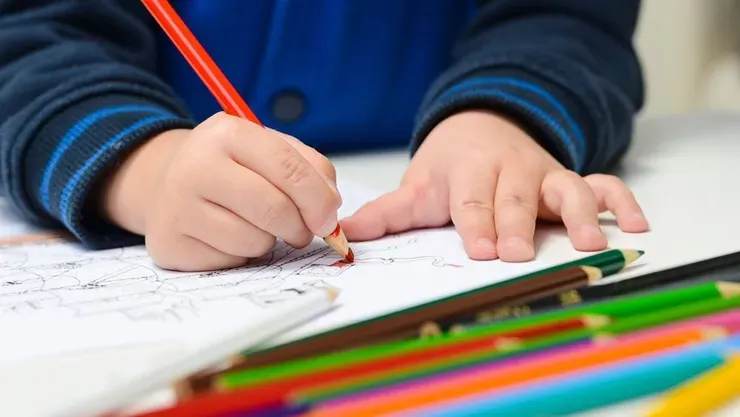
READ MORE:
=>>> What is A Coloring Book? Basic Descriptions You Need to Know
=>>> Detailed Coloring Guide for Beginners: Master Adult Coloring Techniques
How to teach coloring skills to kids?
Mastering how to teach coloring to kids involves patience, the right tools, and a child-centric approach. At four years old, children should be encouraged to experiment with crayons, markers, or pencils under supervision. Start by guiding them to hold the tool correctly and make marks within confined spaces. Coloring should never feel like a chore but an opportunity for joyful expression and skill development.
To truly understand how to teach coloring to kids, it's essential to focus on incremental progress. Begin with basic shapes and gradually introduce more complex designs. Encourage children to use a variety of colors and to try new tools, such as gel pens or chalk, as they gain confidence. Always prioritize fun, flexibility, and emotional encouragement over perfect results.
Skills needed for coloring
When considering how to teach coloring to kids, understanding the foundational skills involved is crucial. Coloring is more than just putting pigment on paper, it relies heavily on physical and perceptual skills. These include fine motor control, line awareness, and an appropriate pencil grasp. Fostering these skills helps children develop better coordination and confidence in their work.
By understanding the individual components of how to teach coloring to kids, you can better identify areas where a child might need additional practice or encouragement. Through guided support and consistent practice, even young children can learn to color with accuracy, imagination, and pride.
Fine motor skills and coloring
Fine motor development is at the core of how to teach coloring to kids effectively. These are the small muscle movements in the hands and fingers that allow children to hold and manipulate tools. Activities like squeezing playdough, picking up beads, or cutting with child-safe scissors help build strength and precision. Once these muscles are well-developed, coloring becomes smoother and more controlled.
The better a child’s fine motor skills, the easier it is for them to execute detailed coloring tasks. If you're focused on how to teach coloring to kids, incorporating motor skill development into your daily routine will accelerate progress. Try hand exercises, threading games, or finger painting to prepare for structured coloring activities. The link between muscle coordination and coloring success is undeniable.
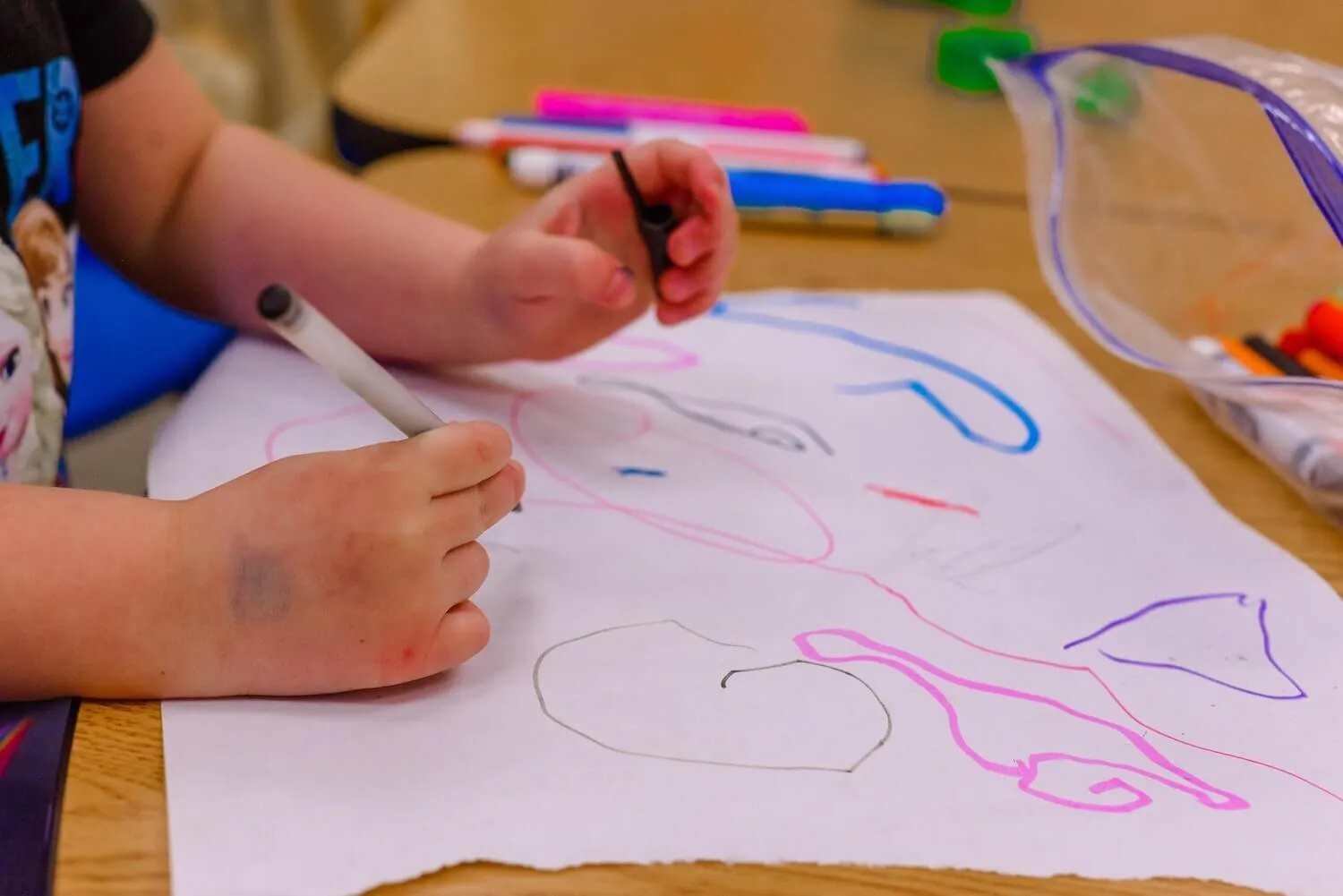
Line awareness and coloring
Another critical component of how to teach coloring to kids is developing line awareness. Line awareness is the child’s ability to recognize boundaries and stay within them while coloring. To support this, start with bold-lined coloring books or thick outlines that provide clearer guidance. Gradually reduce line thickness as the child becomes more skilled.
Improving line awareness helps children focus, slow down, and develop attention to detail. It’s an essential step in how to teach coloring to kids, especially when transitioning from scribbles to structured coloring. Reinforce line awareness with tracing activities, mazes, or connect-the-dots games. These methods enhance visual-motor integration crucial for coloring within the lines.
Pencil grasp and coloring
Proper pencil grasp is foundational in any discussion about how to teach coloring to kids. At age four, children often still use a fisted grasp, but you can start encouraging the tripod grip, the use of the thumb, index, and middle fingers. Using short crayons or broken pencils can promote the correct grasp naturally. Pencil grips and ergonomic tools are also helpful aids.
A comfortable and effective grip allows for better coloring control, minimizing hand fatigue and improving line precision. Developing this skill is integral to mastering how to teach coloring to kids. Demonstrate proper technique and gently correct when necessary, always emphasizing comfort and ease over perfection. With consistent encouragement, children will adopt better habits over time.
Effective Strategies to Teach Coloring Skills Step by Step
To successfully implement how to teach coloring to kids, it's important to follow a step-by-step strategy tailored to the child’s developmental stage. Begin with basic readiness practices and progress through structured, enjoyable activities. Consistency, repetition, and positive reinforcement are key. Children thrive on routine, and a well-sequenced coloring lesson plan can work wonders.
Each step in the process of how to teach coloring to kids should be framed as an exploration, not a test. Allow room for creative mistakes and celebrate the effort rather than the outcome. Keeping sessions short and fun ensures ongoing interest and sustained skill development. Below are some actionable strategies you can apply right away.
Ensure Posture, and Crayon Grip
One overlooked aspect of how to teach coloring to kids is posture and grip. Ensure the child is seated comfortably at a table, with their feet flat on the floor and the coloring surface at elbow height. Proper posture reduces fatigue and enhances concentration. Combine this with teaching the correct crayon or pencil grip for the best results.
Shorter tools often encourage a more refined grasp, which is essential when learning how to teach coloring to kids. Start with vertical surfaces like easels to promote wrist stability and control. Encourage resting the forearm on the table to build endurance. Good posture paired with a good grip lays the groundwork for long-term success.
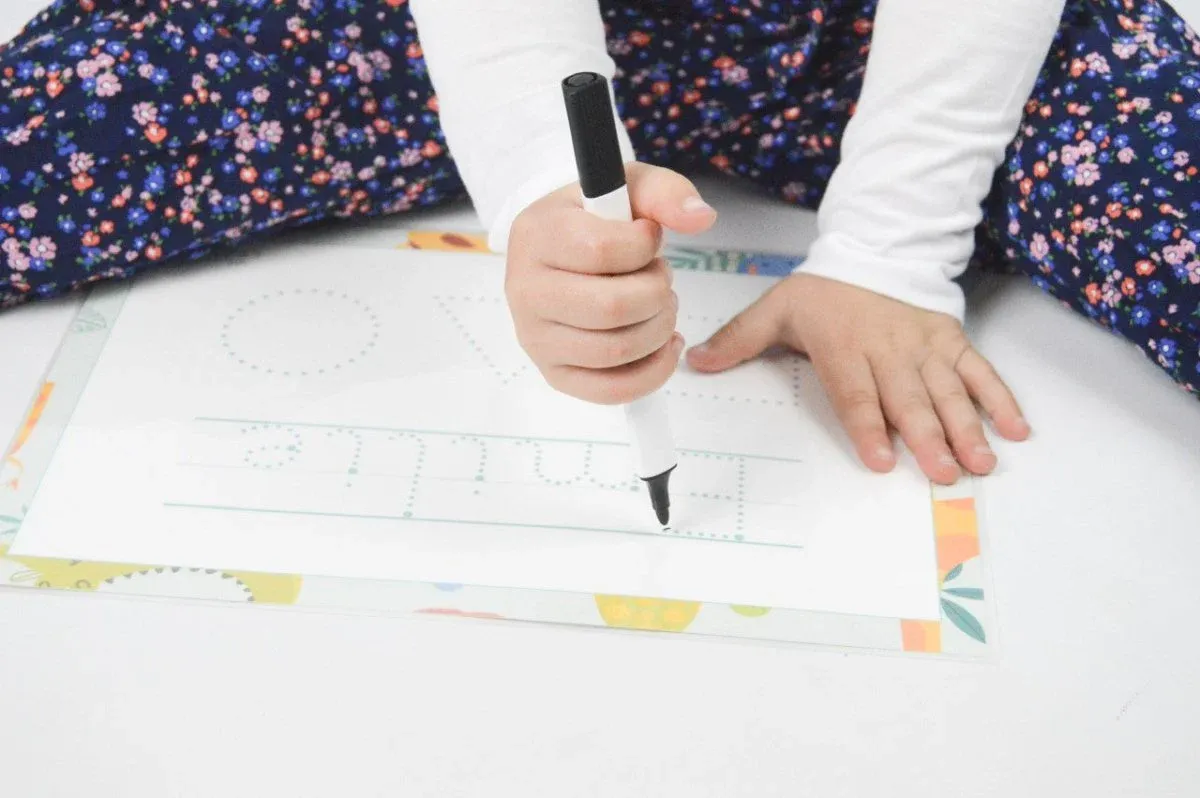
Model the Behavior for Your Child
Demonstrating the activity is one of the most effective ways of learning how to teach coloring to kids. Sit beside the child and color alongside them, showing how you choose colors, stay within the lines, and hold the crayon. Children learn best by watching and imitating trusted adults. Your involvement reinforces the importance of the task.
This approach also allows you to talk through your choices, offering tips and encouragement. In the broader context of how to teach coloring to kids, modeling builds connection and creates a collaborative atmosphere. It fosters emotional security, making children more willing to try and take creative risks. Don’t be afraid to show your own joy in the process.
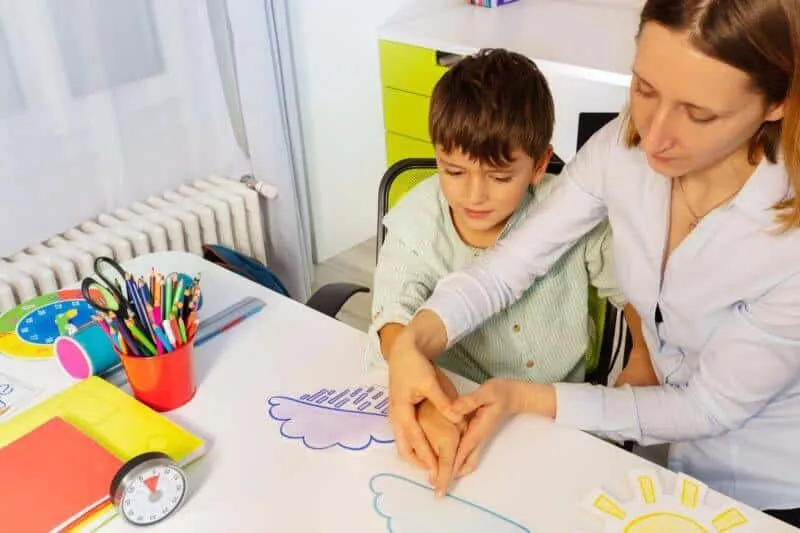
Begin with Simple Shapes
When starting out with how to teach coloring to kids, keep things simple. Offer pages filled with large circles, squares, and triangles, which are easier for young hands to fill in. Gradually increase complexity as the child gains confidence and control. Avoid overly detailed images that may discourage beginners.
Simple shapes allow children to focus on technique without being overwhelmed. This method supports structured learning while offering freedom within clear limits, a key element in how to teach coloring to kids. These initial exercises also help reinforce line awareness and color choices. Celebrate every small milestone to build enthusiasm.

Provide Bold Outlines or Tactile Borders
Children benefit from clear visual and sensory guidance when learning how to teach coloring to kids. Use coloring books with bold outlines or create tactile borders using glue, string, or foam. These raised edges act as physical boundaries, helping children stay within the lines more easily.
This method also enhances sensory integration, which plays a vital role in how kids perceive and interact with the world. It’s a particularly useful tactic for younger children or those with sensory processing challenges. When refining how to teach coloring to kids, tactile cues make coloring more accessible and enjoyable. It’s an ideal bridge to more refined coloring skills.
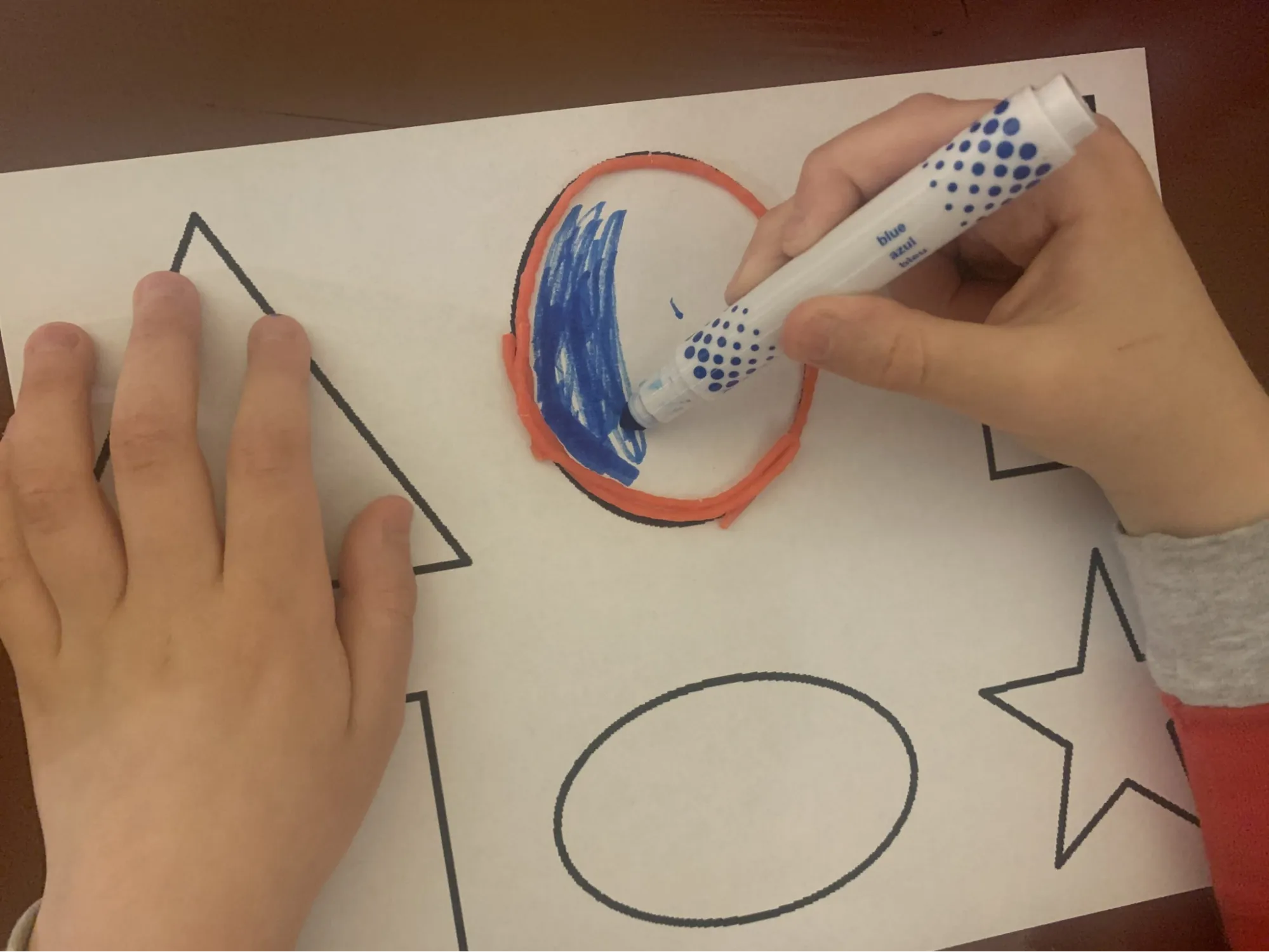
Offer a Variety of Coloring Materials
A key to mastering how to teach coloring to kids is offering a rich selection of coloring tools. Crayons, markers, chalk, watercolors, and colored pencils each provide a unique tactile experience. Rotating materials maintains interest and helps develop different muscle groups and control methods. It also exposes children to artistic diversity.
By integrating various textures and color delivery systems, you can make coloring sessions more stimulating. If you're committed to learning how to teach coloring to kids, don't limit their toolbox. Offer them choice and encourage exploration. This diversity not only supports skill-building but nurtures creative confidence.
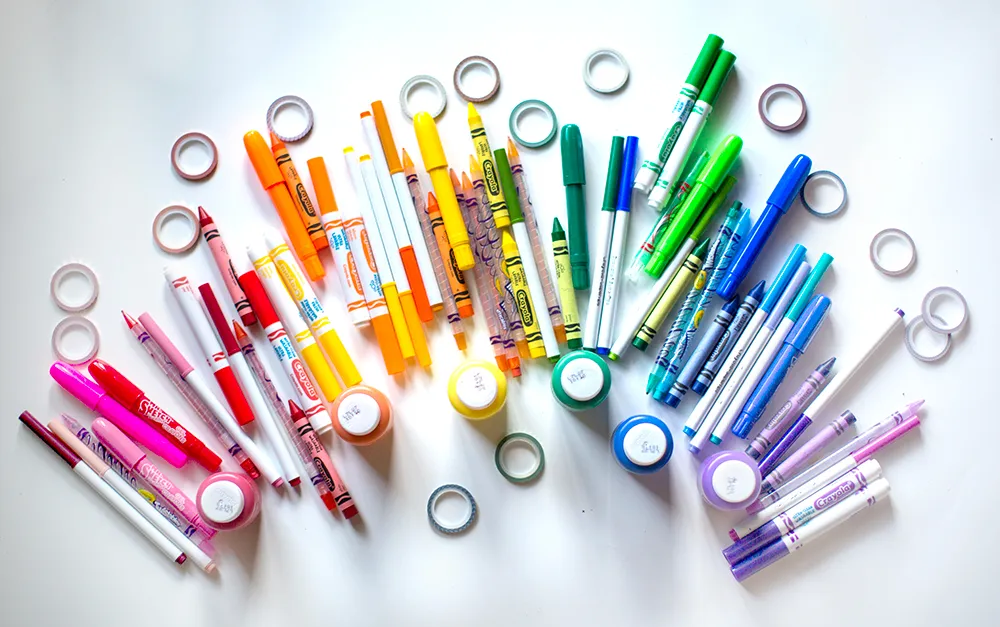
RELATED POST:
=>>> Coloring Tips And Tricks: Standard Coloring Technique
=>>> Compare Digital Coloring Book vs Printable: Pros and Cons
Praise Effort and Creativity
No guide on how to teach coloring to kids would be complete without addressing the importance of praise. Children respond strongly to positive reinforcement. Focus your praise on their effort, choice of colors, and willingness to try, rather than only on staying inside the lines. This builds intrinsic motivation and a lifelong love for art.
Consistently affirming progress, even when the final product is messy, makes a huge difference. When figuring out how to teach coloring to kids, understand that emotional encouragement is as vital as technical instruction. Let children know that there’s no “wrong” way to be creative. This mindset fosters resilience, curiosity, and joy in their coloring journey.
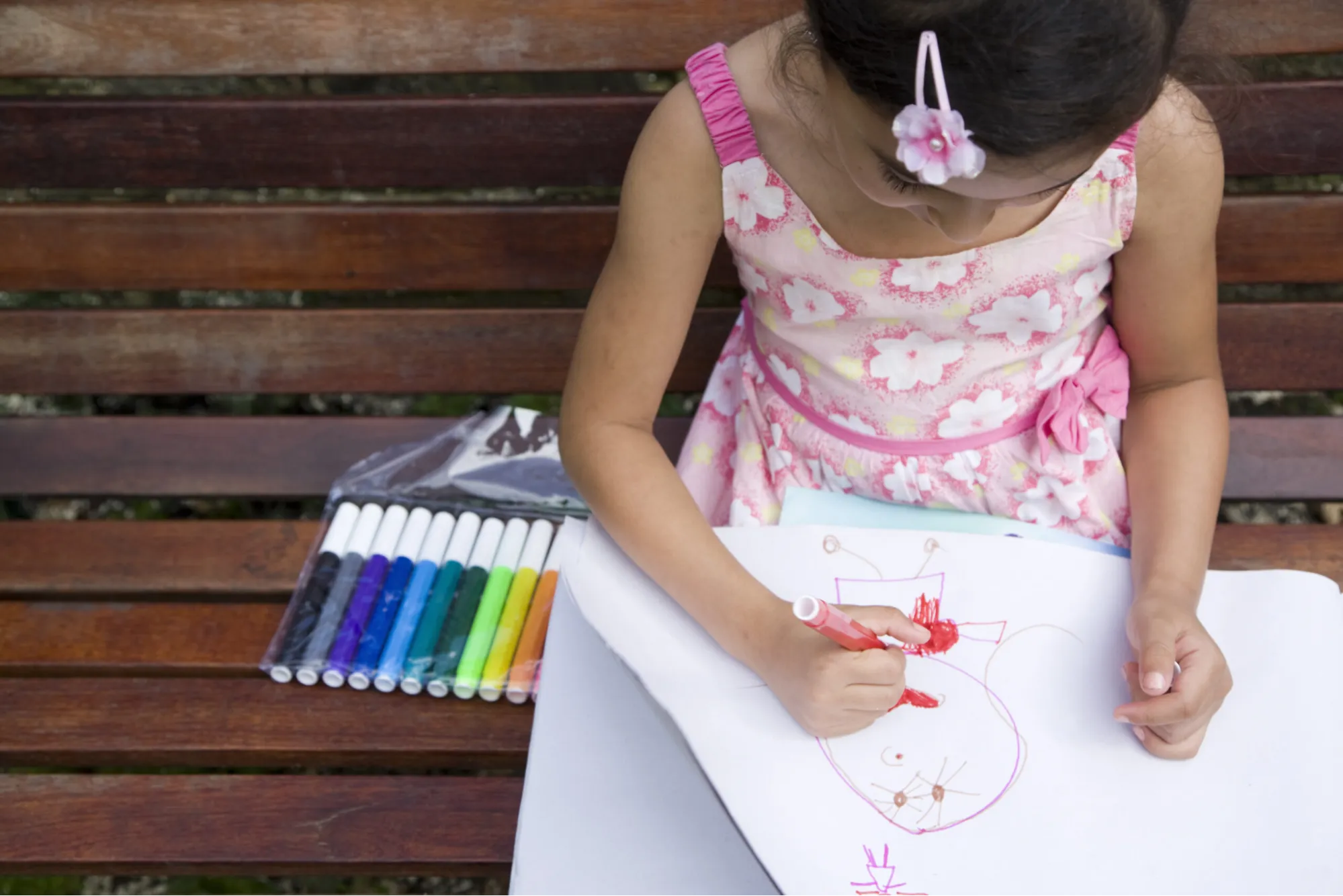
Conclusion
Teaching children how to teach coloring to kids isn’t just about learning to stay in the lines, it’s about nurturing creativity, fine motor skills, and confidence. Through patient guidance, engaging tools, and positive reinforcement, you can turn coloring time into a joyful and enriching learning experience. Whether you're a parent, teacher, or caregiver, your involvement can make a lasting impact.
By following these strategies, you'll unlock not only artistic expression but also developmental growth. Knowing how to teach coloring to kids is a valuable skill that empowers young minds to explore their world with color, shape, and imagination. Begin early, stay supportive, and most importantly, keep it fun.
Original
100% hand-drawn, no stock images. Every design is uniquely crafted for a truly authentic experience.
Easy
Designed for effortless coloring with smooth lines and clear layouts—perfect for beginners and pros alike.
Creative
Transform every page into your own masterpiece. Add details, mix colors, and let your imagination run free.
Unique
No two books are the same. Each one offers a fresh, inspiring journey tailored to your creativity.
Blogs
Blog Posts
Let’s dive into the colorful world of coloring!We’ll share some fun típ to help you create amazing works of art



